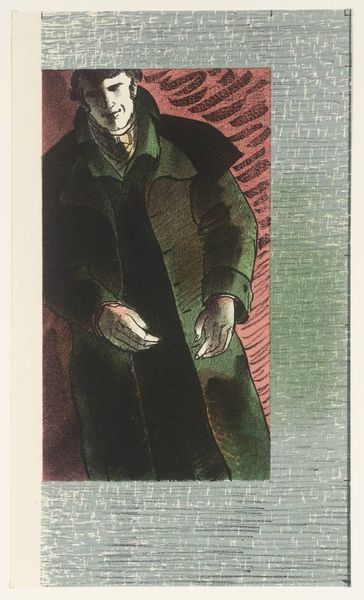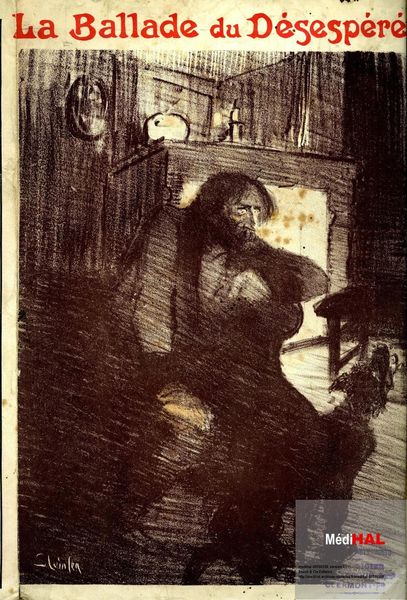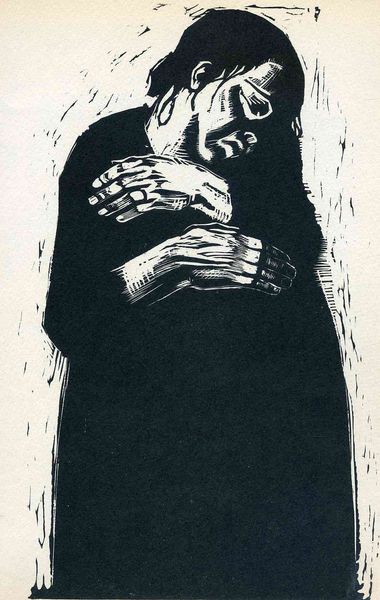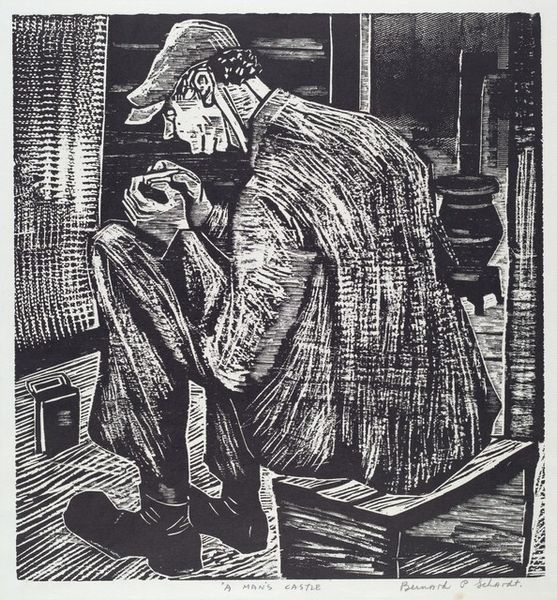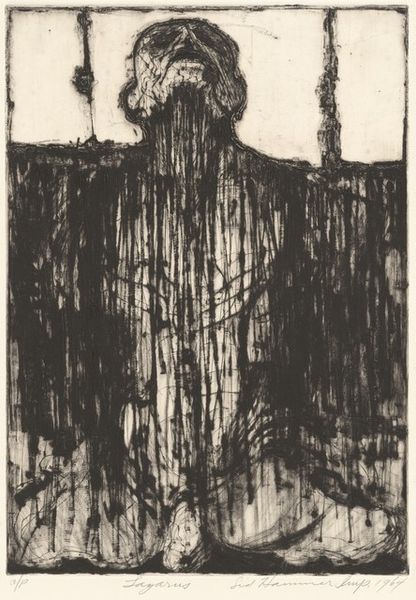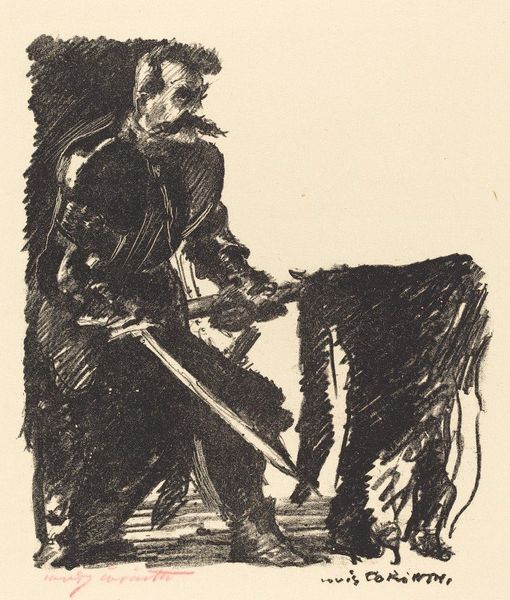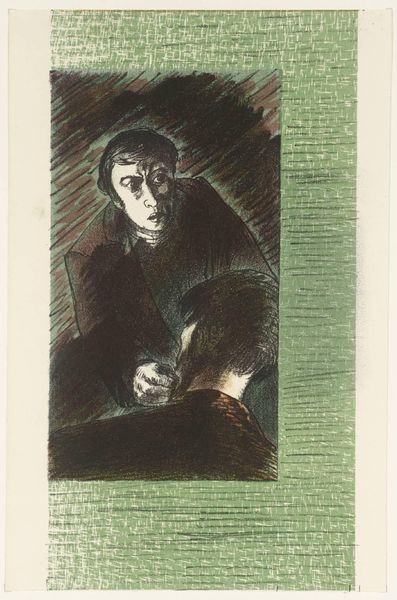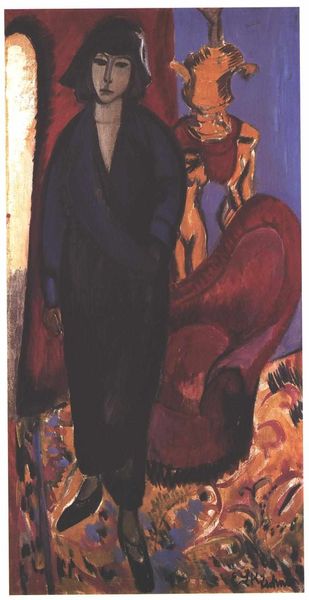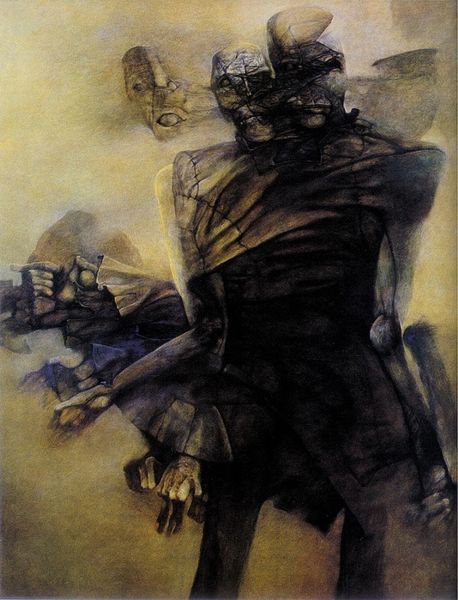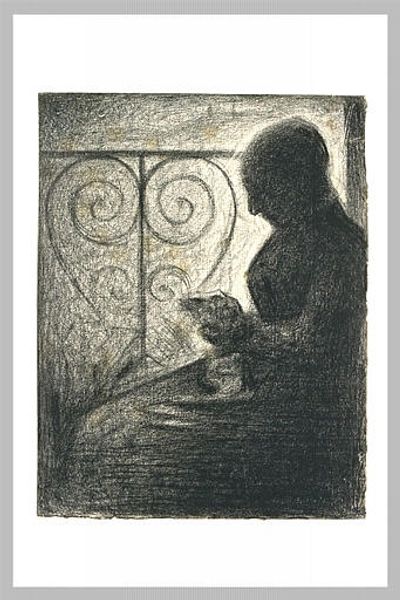
Copyright: Public domain
Paul Cézanne painted his father sometime in the late 1860s, using oil on canvas. The materiality of oil paint – its viscosity, its capacity for layering, and the rich, dark colors Cézanne employed – is crucial to understanding the image. Look at the way Cézanne has built up the form of his father's figure. The brushstrokes are clearly visible, creating a textured surface that captures the weight and solidity of the man. This application of paint emphasizes the physical labor involved in both the act of painting and the depiction of his father, a man of the bourgeoisie, caught in a moment of contemplation while reading his newspaper. Through the manipulation of his medium, Cézanne elevates the everyday, finding beauty and significance in the ordinary. This approach challenges traditional hierarchies that often separate fine art from the world of labor and the mundane realities of daily life. It reminds us that even the simplest materials, when skillfully employed, can convey profound meaning.
Comments
No comments
Be the first to comment and join the conversation on the ultimate creative platform.

